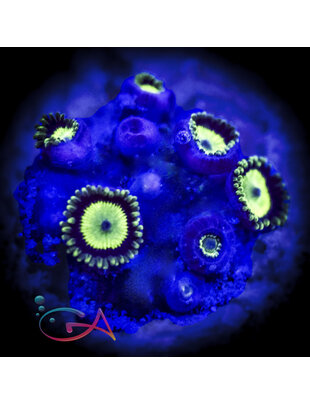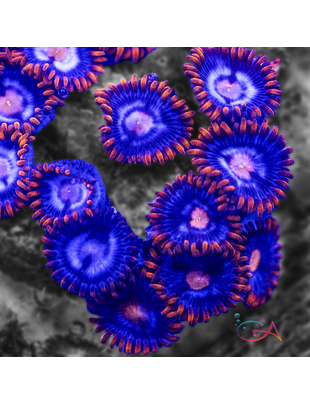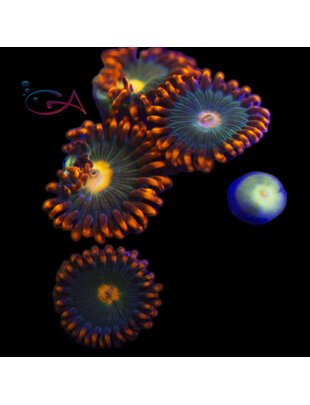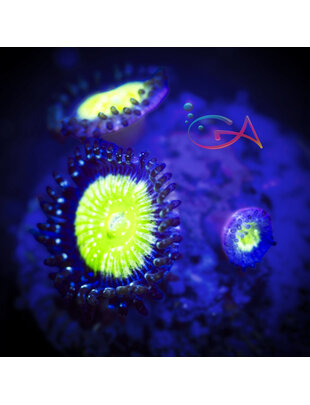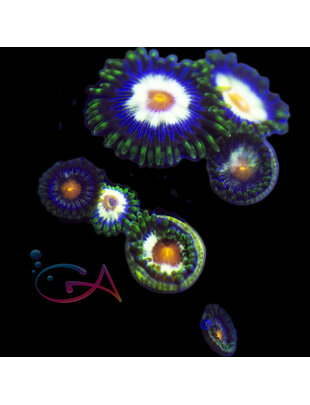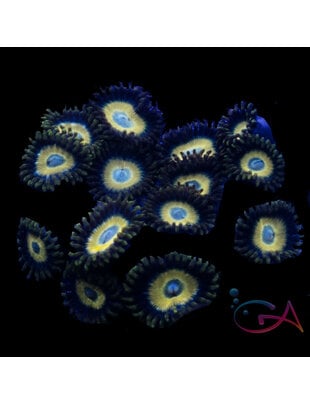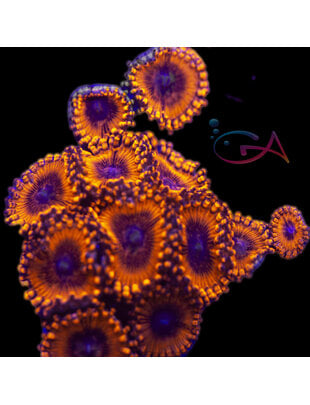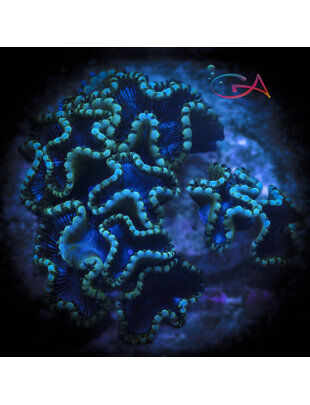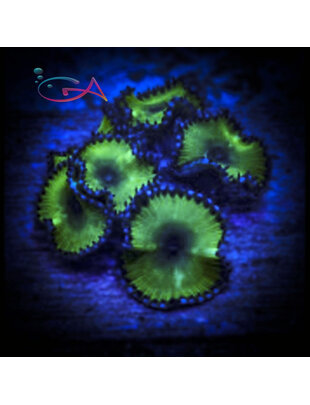Coral - Frag - Palythoa Magician
| Article number: | 11526 |
| Availability: | Coming Back Soon |
| Delivery Means: | Cut to Order Coral may be available |
All frags are propagated from this pictured coral. Palys are very similar to Zoa and both are often times labeled/identified incorrectly. Most of the time, Palys are larger than zoa, making it easy to distinguish the two but that is not always the case.
Palythoa Sp. (Paly)
![]() Easy
Easy
![]() Peaceful
Peaceful
![]()

![]()

![]()

(Can adapt just about anywhere though)
![]() Atlantic Ocean, Indian Ocean, Pacific Ocean (typically collected off the coast of Australlia and around numerous different Indo-Pacific islands)
Atlantic Ocean, Indian Ocean, Pacific Ocean (typically collected off the coast of Australlia and around numerous different Indo-Pacific islands)
![]() Zoanthidae
Zoanthidae
![]() Soft Coral
Soft Coral
![]() Palythoa, more commonly referred to as Palys, are very similar to Zoas and both are often times labeled/identified incorrectly. Most of the time, Palys are larger than zoas, making it easy to distinguish the two but that is not always the case.
Palythoa, more commonly referred to as Palys, are very similar to Zoas and both are often times labeled/identified incorrectly. Most of the time, Palys are larger than zoas, making it easy to distinguish the two but that is not always the case.
Palys are easy to keep for the most part, and, prefer moderate lighting and flow, although, they do have the ability to adapt to a variety of environmental conditions. Most zoas grow relatively fast, so be sure to provide them room to grow when placing in your tank.
Extreme caution should be used when it comes to handling and/or propagating palys! They contain a very dangerous poison called palytoxin and it has the ability to make humans very sick, and, has the potential to even kill. Never boil rocks with zoas/palys on them, use gloves when handling, and wear eye protection and a face mask when propagating them.
Also, we don't advise cutting these corals with a coral saw because that can cause the palytoxin to get airborne and will be very harmful when inhaled. Try using a scalpel instead.
Palys are mainly photosynthetic, relying on the products of their zooxanthellae but you can feed them phytoplankton and zooplankton, as well as other products like Coral Feast and Reef Energy if you desire. Of course, you should always maintain proper water parameters by maintaining good calcium, magnesium, and alkalinity levels.




